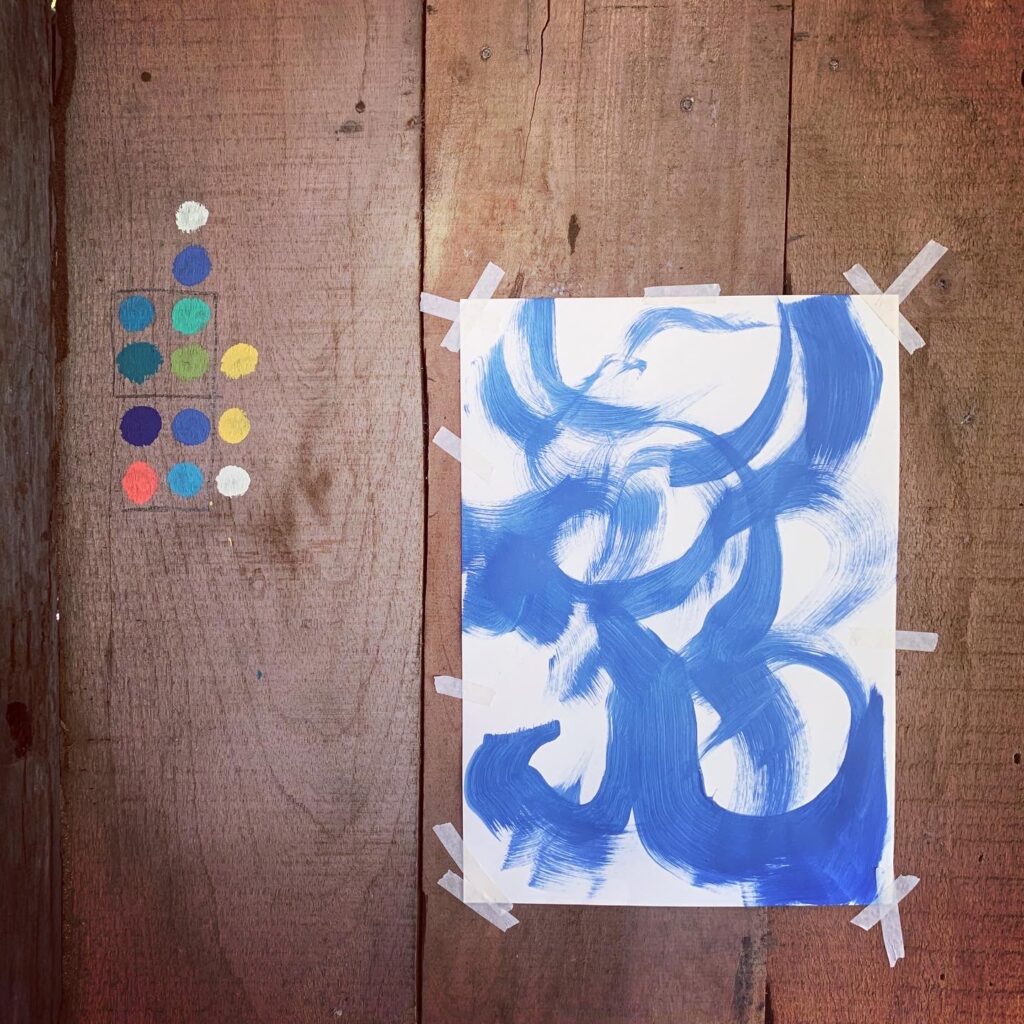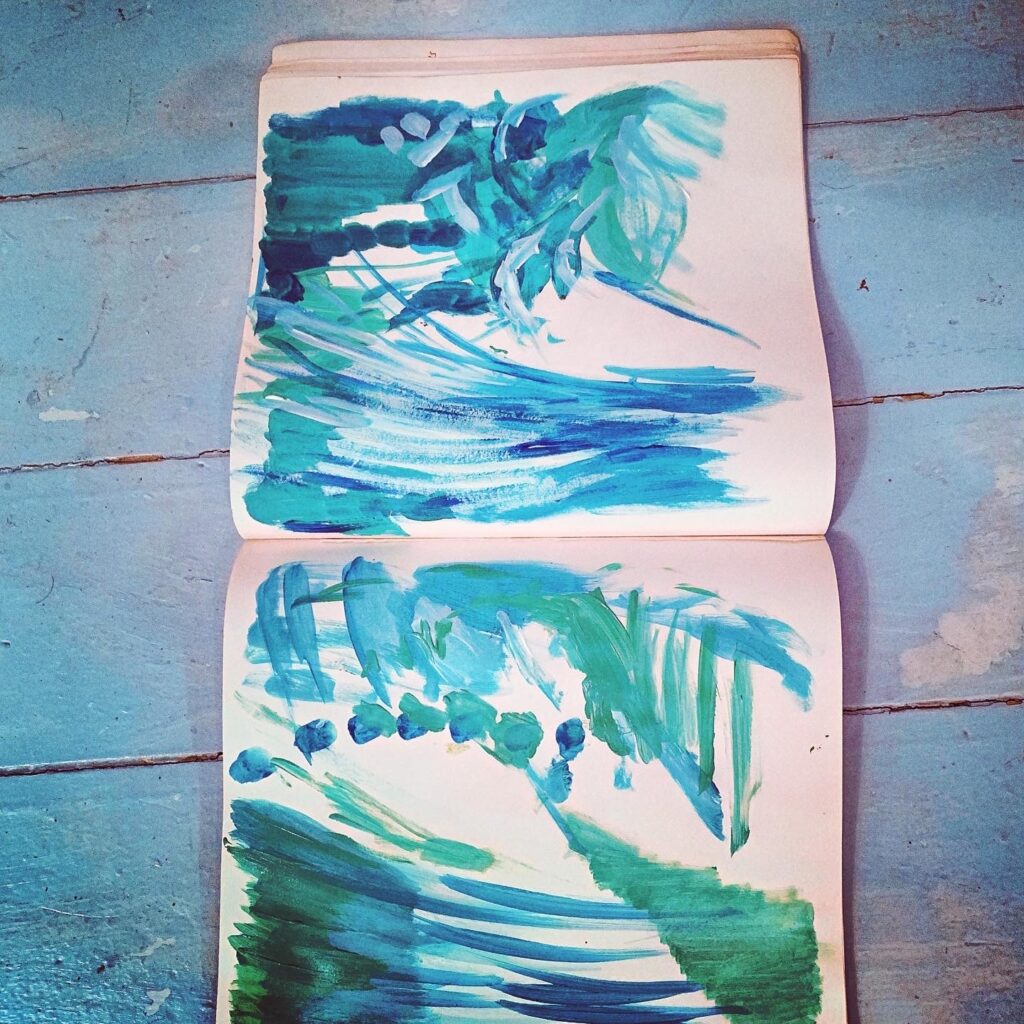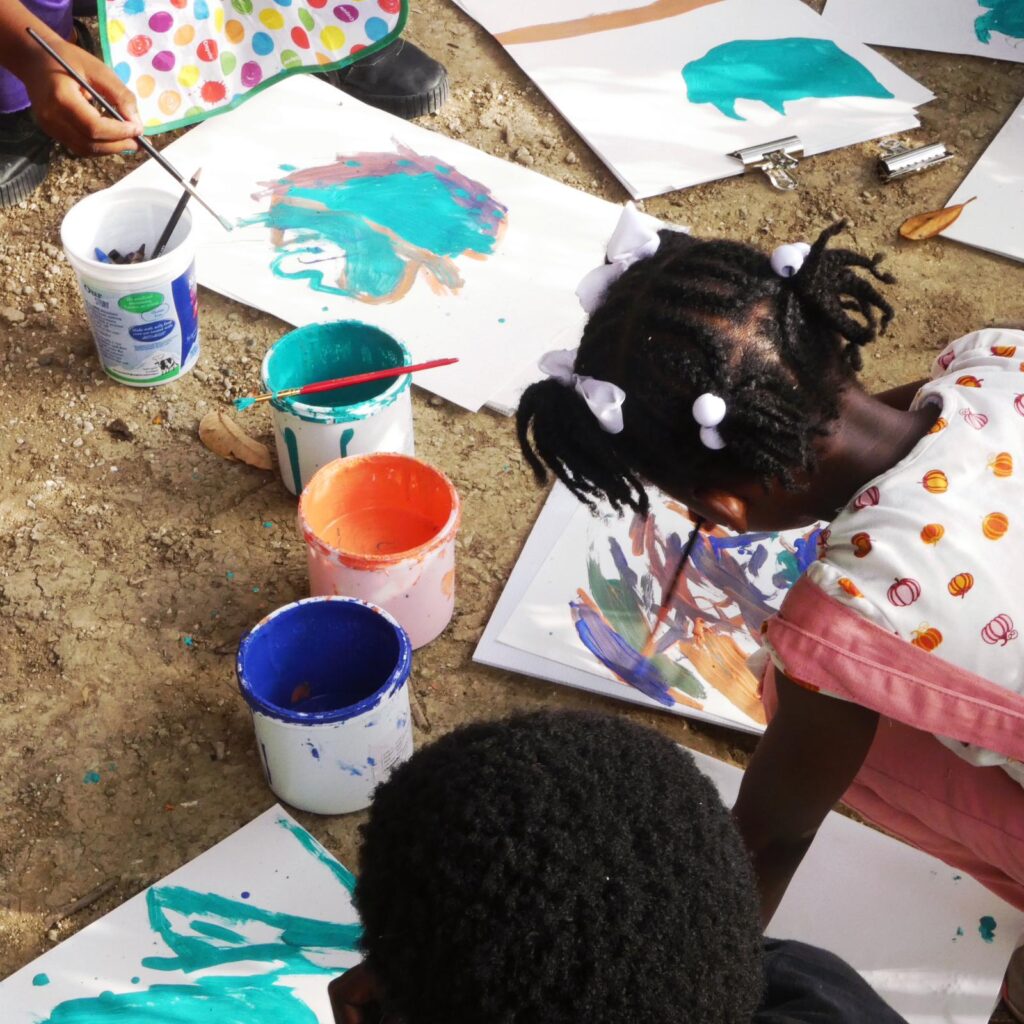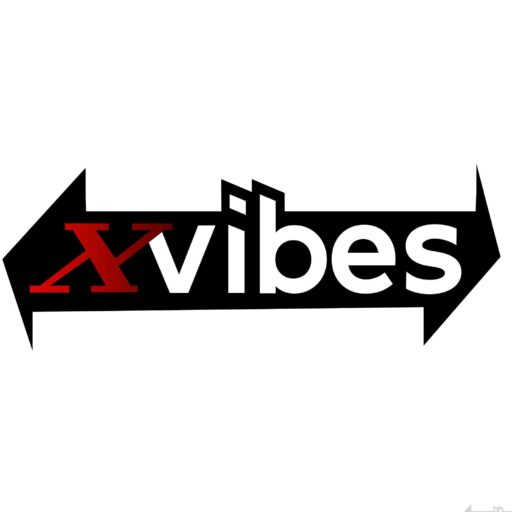By Melvina Hazard

Bryony Benge-Abbott is a British Trinidadian visual artist and creative director. Her work involves exploring our relationship to the natural world through the bringing together of different cosmologies and disciplines to create public works of art – from film to light installations to murals.
Often this work is created in collaboration with scientists and activists, with a focus on public engagement with the climate and ecological crisis. Last year she had the honour of opening her first solo exhibition with leading Trinidadian gallerist and framer Wendell Clement, which was attended by the High Commissioner Vishnu Dhanpaul. Previously, she led the exhibitions programme at the UK’s largest scientific research lab, The Francis Crick Institute.

Byrony recently completed a residency at Corbin’s Nature Park in Tobago. The works produced are part of her Wild Drawings which she describes on her website as:
DRAWING IN, OF & WITH NATURE
“Whether we find ourselves in the middle of a city, park, garden or rainforest, wild drawing is about taking a moment to tap into and express our instinctual responses to the natural world.
Developed during the pandemic, wild drawing is an ever-evolving, meditative practice shared through walks and workshops. It continues to be developed through residencies with scientific, cultural and conservation organisations, with the purpose of finding simple, creative ways to strengthen our connection to the natural world without the need of formal art training, costly materials or endless hours to spare. Zooming into the micro and stepping back to observe the macro, the practice engages our sensory and emotional responses to climate and landscape in ways that are accessible, playful and experimental.”
Melvina Hazard spoke to her about her residency at Corbin’s Nature Park.
Q. Please tell us about the residency at Corbin- how it came about and why you chose Corbin’s Nature Park?
A. I first came across Corbin Local Wildlife Park in 2019 when I was visiting to explore the main ridge forest. I was interested in it’s unique history as one of the oldest protected areas in the world, but was disappointed to discover so much of its wildlife to be missing and endangered. Someone told me about the work Roy Corbin and Ian Wright were doing to breed and release native species and educate tourists and locals alike about the importance of protecting the islands biodiversity. So I popped along for a tour and immediately fell in love with the space – its incredible variety of animals, the beautiful lush landscape, and the project’s inspiring purpose and vision. I ended up staying for 3 weeks drawing and painting in the grounds.

Q. Please describe the project you’re working on?
The purpose of my visit this year is to spend longer in the park to develop a practice I started last time I visited, which I now call “wild drawing”. A lot of my time here is being spent experimenting with different forms of mark-making to deepen a stronger sense of connection to nature. I use drawing as a tool to help me attune better to all of the different interactions and interconnections within the park, immersing myself in the ecosystem. My residency explores how we can draw all the sounds and shapes of the rainforest.
I am also helping the park improve its signage by hand painting new murals and information notices inspired by the environment.
Q. Why is this project important?
A. I began Wild dDrawing at Corbin Local Wildlife as a practice to help my own sense of well-being and connection to nature. It is deeply relaxing to observe the world with an ecocentric gaze, and the practice has fed into my work in the UK with scientists. They have found it a impactful medium through which to engage the public in climate and ecological research. I have also shared this practice through walks and workshops in England, particularly during the pandemic when we were out of the lockdowns. People really felt the benefit of feeling closer to the natural world; it is very grounding – particularly during periods of unpredictability and change.

After sharing my initial techniques in these ways over the past three years, this residency gives me the space and time to develop it further; there is so much rich biodiversity in the relatively small site at Corbin’s so it is a wonderful creative challenge to find ways to notice and absorb it all simultaneously. I have been learning a great deal from Roy and Michael Corbin and Ian Wright – as naturalists and conservationists they look at the park so differently to me so it’s been fascinating bringing different perspectives into the creative mix.

I was excited to share my work with locals through an open day on 23rd March, and to return to Corbin Local many more times in the future to run wild drawing workshops for anyone interested in exploring their relationship to nature. It is great to be able to share something that was sparked by my first visit to Corbin Local, and it’s very inclusive – wild drawing doesn’t require an art background, anyone can do it! It’s more playful than precise.
Q. What are your future plans for works like this?
A. I plan to continue to evolve the idea of wild drawing and to find ways of integrating into the public art installations that I am working on.
